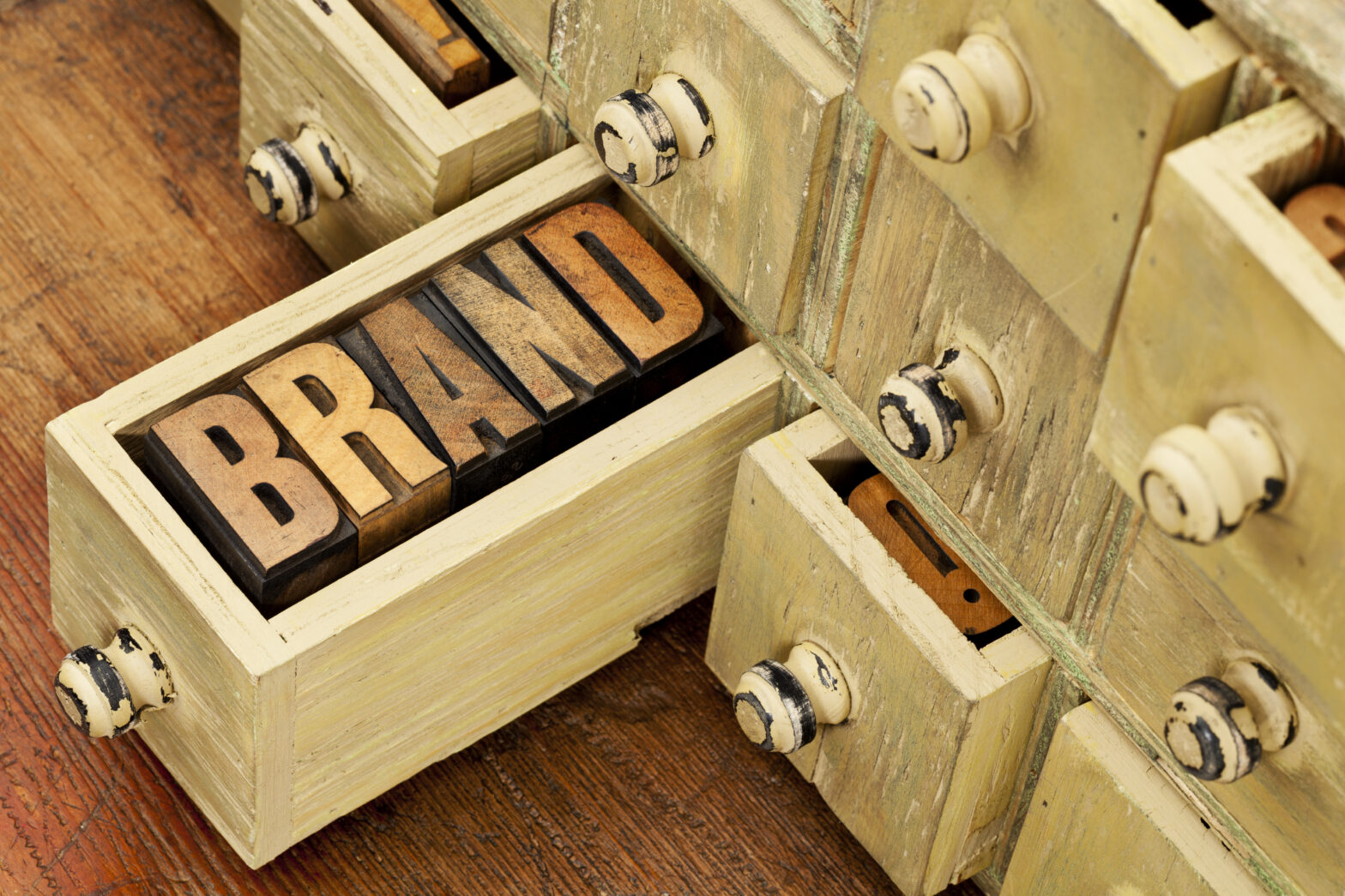If you’re in the business of supplying distinctive products or services for retail, commercial or industrial users and want to elevate your operation into a different league, one strategy you should investigate is brand alliance. Associating what your company provides with that of a larger group, with a more established brand image, can dramatically transform both your prospects and those of your heavyweight partner.
Brand images vary widely in the messages they convey to customers, and this variety is often size-dependent. An existing large brand may suggest reliability, power, skill and trustworthiness, while a smaller, newer one might imply inventiveness, daring, imagination and unorthodoxy. When trying to strengthen and grow a business, companies in either camp may sense that an association with the other will work to their advantage.
Benefits for both parties
Brand alliance is, of course, not a new business strategy. Companies from a host of sectors, from airlines to pharmaceuticals, have at one time or another sought to put themselves on the map through brand alliances. Stuart Evans, of ICLP (formerly International Customer Loyalty Programmes), says, ‘If a lesser-known, smaller brand wants to enhance its presence and awareness, it can do worse than align itself with a well-known brand.’ In his view, the advantages include, ‘inheriting the brand values of the larger organisation, its marketing clout and media spend’, and the ability it gives the smaller partner ‘to hit way beyond its sphere of influence’.
Jo Carr, director of financial services marketing agency Teamspirit cites the classic example of Intel, which used to be a relatively junior player in the computer sector until it formed an association with the pervasive IBM brand. Today, Intel is a multibillion- dollar enterprise, the world’s largest electronic chip-maker and a major supplier of computer networking and communication products.
As Carr puts it, ‘Intel was clever enough to form associations with larger brands but without losing sight of its own brand identity. What made it so successful was that the tie-up was part of a broader brand story. The narrative made sense to both Intel’s and IBM’s customers.’
So it seems the benefits of alliances can work both ways. From testing different potato crisp brands with consumers in the USA, brand marketing guru Martin Lindstrom found that the tests boosted approval ratings of little-known brands even more than famous brands. The impact of a new name on consumers was significant, which is something an existing famous brand could benefit from by association.
Preparation and compatibility
Making sure alliances work to your benefit, as planned, can be an arduous undertaking. ‘If an obscure brand teams up with a famous brand,’ Lindstrom argues, ‘it can increase sales and dramatically improve both brands’ images.’ But, he points out, alliances between well-known and little-known brands have ‘value and limit risk’ — a ‘constant eye’ must be kept on maintaining both brands’ quality of product or service.
Drawing on experience with brands such as Yellow Pages, Mercedes Benz and American Express, he believes a high proportion of brand alliances founder because of inadequate homework and preparation. Some are less formal than others, but all need proper agreements to protect both parties. Sorting out and maintaining agreement on financial contributions and target returns is vital.
Risks and rewards
If brand alliances can really bring big rewards and enable young companies to piggyback on the reputations of larger groups, it’s not surprising that practitioners in the world of brands have strongly differing views about how likely they are to work.
Trying to ensure a larger ally handles your brand in the way you want, neither distorting it nor forgetting about it, can present a formidable challenge. ICLP’s Evans warns that all brand alliances have risks associated with control. ‘The smaller brand will often experience a loss of control, as the larger one will generally take the campaign in its direction,’ he says. And it’s crucial to ensure that, for example, an established group whose brand you might one day challenge does not try to use a brand alliance as a way of limiting your growth and keeping you in check.
In Evans’ experience, ‘Alliances tend to be tactical rather than strategic. The smaller brand runs the risk of being further back than square one if dropped.’
He urges careful consideration before entering into an alliance. The benefits can be great to both brands, but, he maintains, ‘The negatives can outweigh the positives — 80 per cent of the effort in negotiating an alliance is dealing with contingencies for when it falls apart.’
Even if the participants have different end goals, it’s vital those aims are mutually compatible to avoid a power struggle. Ian Priest, founding partner of ad agency Carruthers Coleman Priest, argues that only alliances between equals work well. ‘The synergy between brands like 02 and Samsung [in the mobile phone field] is obvious: both are large multinational companies, in the same sector and with similar brand values.’
But it is a different story, he maintains, when burgeoning brands try to ally themselves with more powerful heavyweights, ‘believing that the latter will sprinkle some of their magic on the former. In reality, the smaller brands often become confused about their identity and lose their individual brand strengths, which makes it a dangerous game to play.’
Teamspirit’s Carr points out an altogether different danger in brand alliances – that of the smaller partner stealing a march on the larger. ‘We could be about to see bigger brands becoming wary of joining forces with smaller, innovative brands. Small brands are entrepreneurial, move fast and can be very compelling to customers. If the tie-up is right, they can steal the show.’
Prizes and pitfalls
One market where tensions from co-promotion deals between companies frequently come to the fore is the drug industry, a sector where brand alliances in various forms are a familiar feature. Industry analyst Edwin Colyer says these deals provide a route for companies seeking to break into important markets, such as the USA, where commercial muscle can be crucial.
According to Datamonitor, between 2001 and 2003 there were 69 pharmaceutical companies involved in co-promotion agreements, where two companies promote a product under a single brand, such as the ‘Levitra’ alliance between GlaxoSmithKline and Bayer. During the same period, 33 companies signed co-marketing deals, using different brands for the same product.
Arguing that alliances in the pharmaceutical industry are a ‘necessity’, Colyer points out that smaller companies will often join forces with medium-sized competitors to cover ‘the large and increasingly competitive’ US market. But, though initially popular, these deals require careful management and can be beset with difficulties.’
Within five years, says Datamonitor, some 60 per cent of pharmaceutical co-promotion deals fail. Analyst Linda McNamara says the first two years of a deal are key, which is an observation that can be applied to alliances in most sectors. That is the time when the companies involved are most focused on co-opera
tion and maximising revenues from the agreement.
Later on, however, attitudes can change, especially when initial sales growth flattens off. ‘Often the smaller partner, or the one receiving a smaller share of the revenues, wants more ownership,’ argues McNamara, ‘and it is then “encouraged”, shall we say, to step away from the deal.’
Other observers suggest some of the friction between alliance partners is the result of poor ‘brand control’. When two companies are trying to sell the same product, says Colyer, ‘they have to say the same things. Mixed messages can seriously damage a brand’s success.’
A gaggle of gurus
Some large companies have even set up alliance management teams, but others fear these can be unwieldy and bureaucratic, with accountants and people not involved in creating the alliance wielding undue and often obstructive influence. Critics argue that, under co-promotion, decision-making becomes slower and the brand itself can grow weaker over time.
Most analysts agree the participants in any brand alliance should sort out as many of these potential problems at the very beginning. Says one: ‘As long as the brand strategy comes first, it should not matter who sells the product and how. It doesn’t bother Coca Cola how many different companies sell its wares.’
Some consultants have taken things further and examined the success of ‘multiple brand alliances’ between more than two partners. Here, recent surveys suggest that, although a single alliance can significantly increase perceptions of quality, pleasure and usefulness of a brand, a ‘second ally’ does not really increase them any further.
It seems experts abound in the world of brand alliances, many drawing on experiences in the US market, which is the source of most modern lore on the subject. Apart from ICLP, Teamspirit and Carruthers Coleman Priest, there are countless online brand consultancy groups, such as Marketing Interactive UK, offering advice on strategic alliances.
Elsewhere, Allergis Associates describes itself as a ‘strategic brand communications alliance’, offering its expertise to businesses and professional practitioners. Practised players, such as Mediazest’s Reel (see box left), can no doubt make up their own minds about the do’s and don’ts of alliances, but others might find it helpful to tap into the know-how some of these people claim to provide.
Case Study – A zest for alliances
One entrepreneur who is busily engaged in building up his London-based business on the back of alliances with world-famous brands is Sean Reel. A former executive of Boots’ healthcare division, he re-launched its Optrex brand 20 years ago and put the red spot on packets of Strepsil throat lozenges. He is now managing director of Mediazest, a young company that provides innovative digital in-store devices and events to grab the attention of a generation of shoppers growing blasé about TV and radio ads, poster displays and magazine promotions.
Mediazest has the worldwide licence for ‘whispering windows’, which reinforce digital displays with voice and music apparently not coming from speakers but seeping from the windows themselves. Reel claims this device achieved a 40 per cent sales increase when introduced into parts of London department store Peter Jones.
Over Christmas, shoppers at German branches of troubled C&A retail chain could use the Mediazest kit to vote for what the lingerie models would do next. Another product is ‘directional talking cardboard’, used in one application for printed menus that can talk to restaurant customers about the special dishes of the day.
The company has formed two types of alliance. With clients such as Motorola, HMV, Nike, Pernod, Sainsbury and Apple, Reel argues Mediazest can boast a string of formidable ‘brand champions’, whose own promotional activities are sufficiently original to focus attention on Mediazest as supplier.
Many smaller companies are in the position of having to follow the lead of much larger brands, he maintains. But, thanks to the efficacy and innovative nature of Mediazest’s technology, Reel contends it is not dependent on any one of these champions and can ally its brand with theirs on more equal terms.
He says this has resulted in several business propositions from the likes of his old company Boots, Procter & Gamble and others, ‘without us having to do any business-to-business marketing at all’. On the other hand, Mediazest has forged formal alliances with 3M UK, a leading technological group in the fields of consumer and commercial display and graphics. This gives it access to content management, helping to tailor its displays more exactly to different stores and localities.
Reel believes allying the company’s brand with such a prominent player has enhanced Mediazest’s credibility as a ‘one-stop shop’ in the sector.







